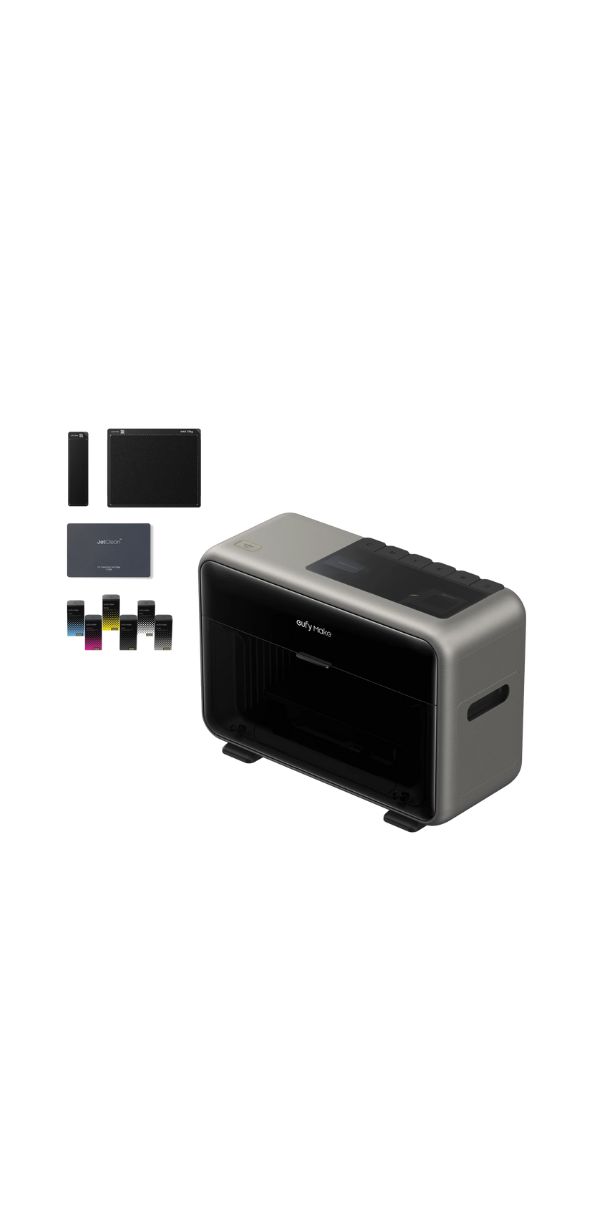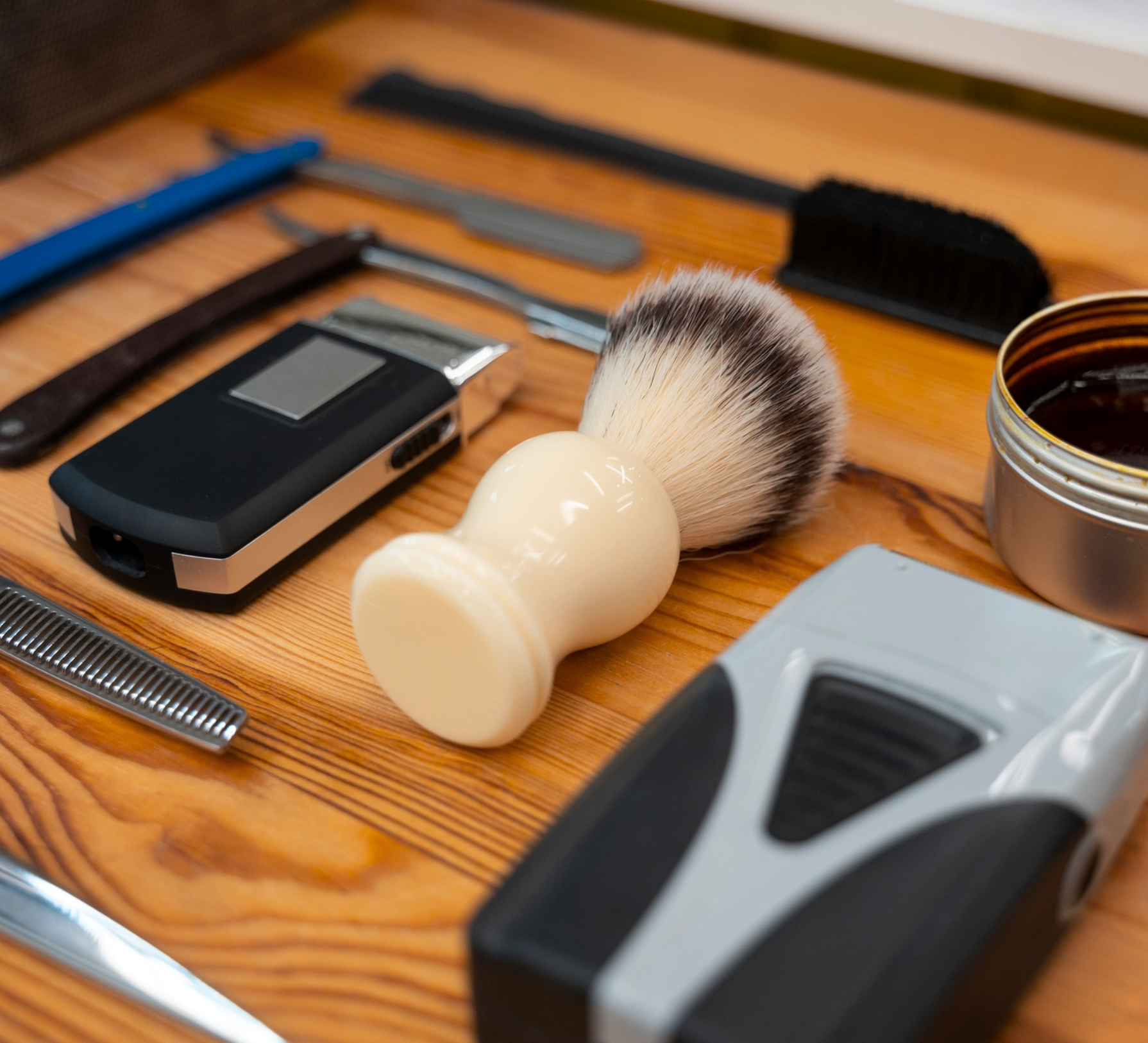Simple Techniques to Achieve Work-Life Balance
Achieving work-life balance is more important than ever in today’s fast-paced world.

Recent Blogs
-
Check Out the Most Reliable Welding Helmets for Any Job
-
Essential Steps for Your Daily Skincare Routine
-
Elevate Workouts with Iron Bull Strength Gear
-
Elevate Your Look with Appearanz Beauty Solutions
-
Tips To Eat Healthy Food For Beautiful And Natural Skin
-
Unlock Precision Woodworking with FindBuyTool
-
Fender Play – Learn Guitar, Bass & Ukulele Online with Ease
By admin
·April 24 23
Achieving work-life balance is more important than ever in today’s fast-paced world. Many people find themselves juggling heavy workloads with personal responsibilities, leading to stress and burnout. Here are a few simple techniques to help you find a better balance between your professional duties and personal life. Let's take a step towards a more balanced and healthy life.
Understanding Work-Life Balance
Work-life balance involves managing your professional and personal activities without one overpowering the other. It's about finding a healthy split between work and play, ensuring that you remain productive at your job while still enjoying your personal life and relationships.
Striking a proper balance between work and life leads to improved mental health, lower stress, and a greater sense of well-being. It also enhances job satisfaction and productivity, helping you to perform better both at work and at home, fostering a happier, more fulfilled life.
Assess Your Current Situation
To start improving your work-life balance, first assess how you currently spend your time. Notice which parts of your life are taking up most of your energy and which areas might be neglected. This awareness is crucial for making positive changes.
Recognize the Signs of Imbalance
Common signs of work-life imbalance include constant fatigue, stress, irritability, and a feeling that you’re never quite "catching up." If you notice these feelings regularly, it’s likely time to adjust how you manage your work and personal life.
Conduct a Work-Life Audit
A work-life audit involves tracking your activities for a week. Note down everything you do, from work tasks to leisure activities. Reviewing this log will help you understand where your time goes and identify any changes needed to achieve better balance.
Setting Boundaries
Setting clear boundaries is crucial for maintaining work-life balance. It helps define what you are willing and not willing to do both in your personal and professional lives. This clarity reduces stress and prevents burnout.
- Don't overcommit. Be realistic about what you can handle and decline tasks that overload your schedule.
- Keep open lines of communication with colleagues and family to manage expectations.
- Define your work hours and stick to them to prevent work from spilling into personal time.
- Having a specific area for work helps to separate professional and personal life.
Time Management Strategies
Effective time management is key to achieving work-life balance. It allows you to streamline how you spend your time, ensuring that both your personal and professional responsibilities receive the attention they need without overwhelming you.
- Identify your most important tasks and tackle them first. This ensures that your key responsibilities are not left until the last minute.
- Plan your week in advance to allocate specific times for work tasks, family activities, and personal time. This helps ensure that you don’t overlook any aspect of your life.
- Don’t try to do everything yourself. Delegate tasks at work when possible and share responsibilities at home. This helps distribute the workload and frees up your time.
Leveraging Technology
Technology can be a powerful ally in achieving work-life balance. Use apps and tools to automate tasks, organize your schedule, and remind you of important deadlines. This reduces manual effort and helps you stay on top of your responsibilities.
Utilize digital tools like calendar apps, task managers, and reminder systems. Programs like Trello for project management, Google Calendar for scheduling, and Asana for task delegation can streamline your workflows and help keep your day organized and productive.
Flexibility in the Workplace
Talk to your employer about flexible working arrangements, such as adjustable hours, telecommuting, or a compressed workweek. Many employers are open to flexible options if you show how it will maintain or improve your productivity.
Consider job sharing, part-time work, or freelance options if traditional work hours are challenging to manage. These arrangements can offer more control over your time, allowing you to better align your work responsibilities with personal life.
Conclusion
Achieving work-life balance is crucial for your well-being and effectiveness in both personal and professional lives. By managing your time wisely, and building a supportive network, you can create a more balanced lifestyle. Remember, the goal is to make room for both work and personal fulfillment without sacrificing one for the other.
Each step you take towards balancing your work and personal life will bring greater peace and satisfaction. Keep track of the changes you make and the benefits they bring, and remember that achieving balance is a continuous process.
Stay tuned to trendytempo for more tips and techniques related to lifestyle.
Our Top Picks
You Might Also Like
Recent Blogs
-
Check Out the Most Reliable Welding Helmets for Any Job
-
Essential Steps for Your Daily Skincare Routine
-
Elevate Workouts with Iron Bull Strength Gear
-
Elevate Your Look with Appearanz Beauty Solutions
-
Tips To Eat Healthy Food For Beautiful And Natural Skin
-
Unlock Precision Woodworking with FindBuyTool
-
Fender Play – Learn Guitar, Bass & Ukulele Online with Ease














